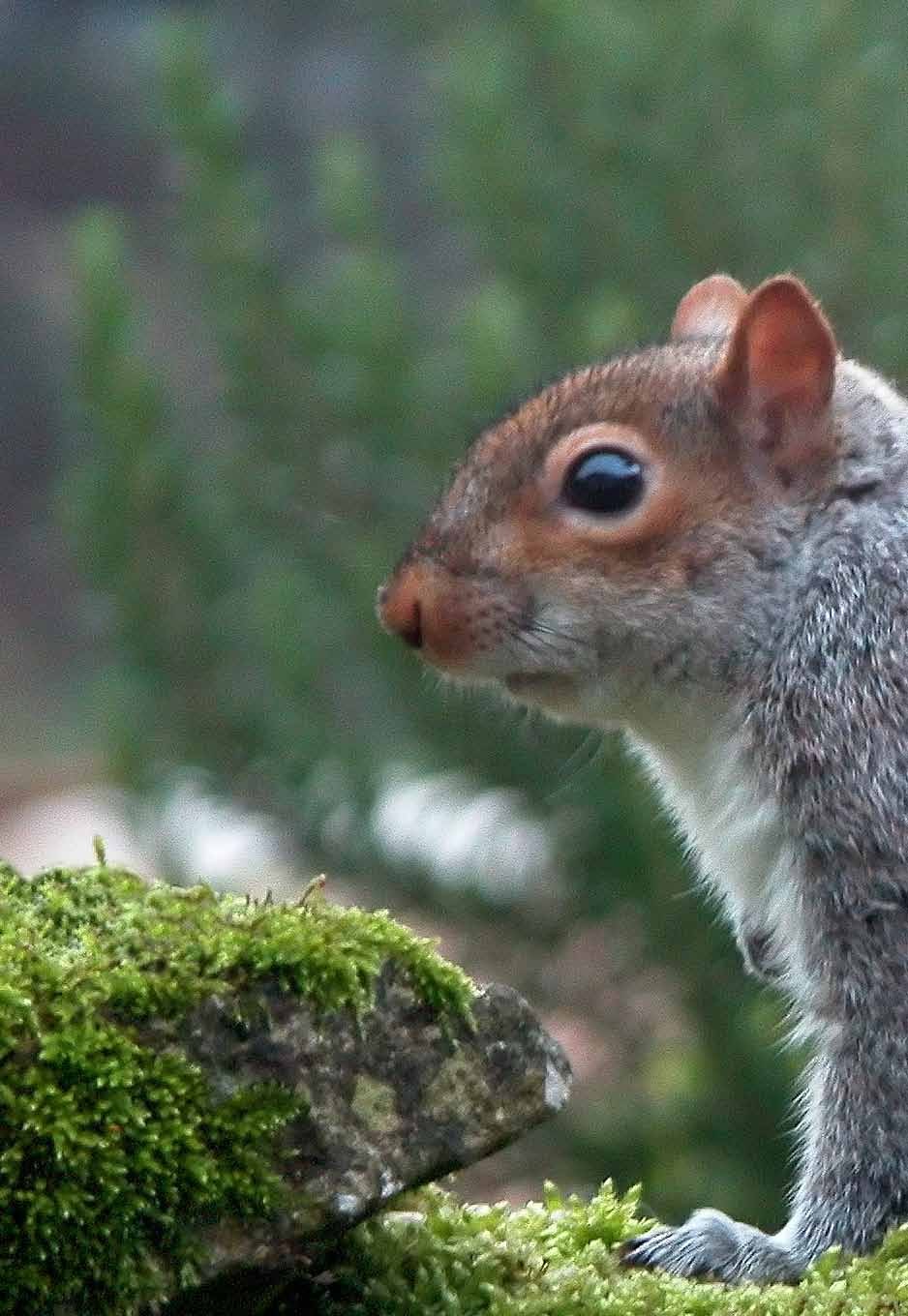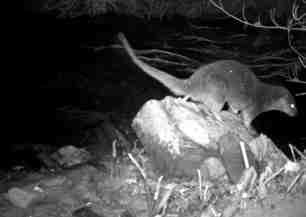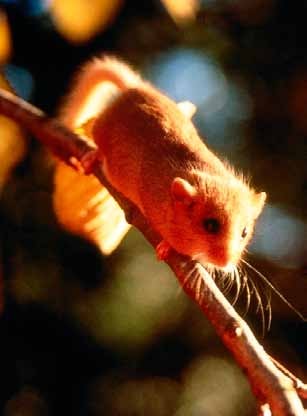Wyre Forest Study Group – Mammal articles
(Note – PDF articles may not display correctly in FireFox web browser)
Dormice and Conifers in Wyre Forest – Phil Rudlin
Phil Rudlin, and a small group of helpers, have been monitoring Dormice in Ribbesford Woods since 2004, this article updates the series of annual reports with the results of the 2022 surveys.
(From Wyre Forest Study Group REVIEW 2022)
Dormice 2021- Phil Rudlin
Phi Rudlin has been monitoring dormice in Ribbesford Woods since 2004, here he provides an update on the project during 2021.
(From Wyre Forest Study Group REVIEW 2021)
Dormice and Conifers in Wyre Forest 2020 update – Phil Rudlin
The Dormice in Ribbesford Wood have been studied and monitored for 27 years. Each year has brought with it unique challenges but none so much as the global pandemic of 2020. Here Phil Rudlin outlines the unusual restrictions of 2020 and the steps to overcome these and provide a detailed update to the fortunes of the Dormouse population found in Ribbesford Wood.
(From Wyre Forest Study Group REVIEW 2020)
Dormice and Conifers in Wyre Forest 2019 update – Phil Rudlin
Often voted as one of the UK’s cutest mammals, Phil Rudlin provides updated data on the health and viability of the Dormice populations within Wyre Forest. These detailed surveys have been taking place for an incredible 26 years and have documented a wide variety of factors that have an impact on the population dynamics. As Phil reports, the good news seems that 2019 was one of the best years for the Dormice population in Wyre Forest.
(From Wyre Forest Study Group REVIEW 2019)
Dormice and Conifers in Wyre Forest 2018 update – Phil Rudlin
Continuing his in-depth studies of the Dormice in Wyre Forest, Phil Rudlin updates and summarises the results of detailed research into the natural history of one of the UK’s charming mammals; the Dormouse. Due to effective conservation measures and dedicated research, it would seem that these elusive creatures are faring well in the Forest. After record numbers were recorded in 2017, Phil draws some conclusions on the impact of the 2018 weather patterns.
(From Wyre Forest Study Group REVIEW 2018)
Our Search for the elusive Harvest Mouse – Rosemary Winnall
Harvest Mice are Britain’s smallest mammals. Once abundant, the numbers of these mammals have been reduced significantly over several decades. Rosemary attended a course provided by the Worcesterhire Mammal Group & Worcestershire Wildlife Trust (WWT) on how to identify old Harvest Mouse nests. Armed with this useful information, she describes how, together with Ian Wright, she was able to locate Harvest Mouse nests and understand the ideal habitat requirements to encourage this tiny mammal.
(From Wyre Forest Study Group REVIEW 2018)
Dormice and Conifers in Wyre Forest 2017 update – Phil Rudlin
Continuing his in-depth studies of the Dormice in Wyre Forest, Phil Rudlin updates and summarises the results of his detailed research into the natural history of one of the UK’s charming mammals; the Dormouse. Due to effective conservation measures and dedicated research, it would seem that these elusive creatures are faring well in the Forest.
(From Wyre Forest Study Group REVIEW 2017)
Dormice and Conifers in Wyre Forest 2016 update – Phil Rudlin
The author provides an overview of the studies on Dormice in Wyre and notes some extra records.
(From Wyre Forest Study Group REVIEW 2016)
An otter survey along Dowles Brook in the summer of 2016 revealed some interesting information of this mammal’s status and distribution in Wyre.
(From the Wyre Forest Study Group REVIEW 2016)
The author shares the results of the dormouse survey in 2015 and compares records with those from previous years.
(From the Wyre Forest Study Group REVIEW 2015)
The author provides a 2014 update on the Forestry Commission’s research project on Dormice in Wyre and compares results from previous years.
(From the Wyre Forest Study Group REVIEW 2014)
(From the Wyre Forest Study Group’s REVIEW 2014)
The author provides an account of a day out in the forest in February 2014 including the results of some Longworth trapping, tracks and signs of mammals along Dowles Brook and signs of spring observed along the way.
(From the Wyre Forest Study Group REVIEW 2014)
(From the Wyre Forest Study Group’s REVIEW 2014)
This article describes how the find of a few bones in an owl nest box started the search for the Water Shrew in Wyre.
(From the Wyre Forest Study Group REVIEW 2013)
(From the Wyre Forest Study Group’s REVIEW 2014)
The presence of a female Grey Seal on the River Severn as far upstream as Bewdley took everyone by surprise, especially when she stayed around for so long. Keith the Seal’s stay is documented here.
(From the Wyre Forest Study Group REVIEW 2013)
(From the Wyre Forest Study Group’s REVIEW 2014)
The author provides a 2012 update on the Forestry Commission’s research project on Dormice in Wyre and compares results from previous years.
(From the Wyre Forest Study Group REVIEW 2012)
(From the Wyre Forest Study Group’s REVIEW 2014)
The author documents the Forestry Commission’s research programme into Dormice in Wyre in 2011 and compares results with those from previous years. He includes photographs of a dormouse feeding from a garden bird feeder.
(From the Wyre Forest Study Group REVIEW 2011)
(From the Wyre Forest Study Group’s REVIEW 2014)
The author reports that 2010 was a good year for Dormice in Wyre and he provides evidence from this ongoing study.
(From the Wyre Forest Study Group REVIEW 2010)
(From the Wyre Forest Study Group’s REVIEW 2014)
The author documents the Forestry Commission’s research programme into Dormice in Wyre in 2009 and compares results with those from previous years. He discusses how different methods of woodland management impact on Dormice.
(From the Wyre Forest Study Group REVIEW 2009)
(From the Wyre Forest Study Group’s REVIEW 2014)
The author documents the results of the 2008 Dormouse research in Wyre, compares results from previous years, and notes associated woodland management.
(From the Wyre Forest Study Group REVIEW 2008)
(From the Wyre Forest Study Group’s REVIEW 2014)
Susan Limbrey’s poem is based on her personal encounters with these squirrels – good and bad!
(From the Wyre Forest Study Group REVIEW 2007)
(From the Wyre Forest Study Group’s REVIEW 2014)
Phil Rudlin from the Forestry Commission provides an update of the dormouse research programme in the Wyre Forest, compares results with those of previous years, and comments about implications for woodland management.
(From the Wyre Forest Study Group REVIEW 2007)
(From the Wyre Forest Study Group’s REVIEW 2014)
The author describes a spectacular fight between two Fallow Deer bucks in the rut in October 2006. The article is illustrated with a photograph (by Stewart Carter) of the bucks locked in combat and further photographs appear in the article ‘The Fallow Deer of Wyre Forest’ by Chris Bradley.
(From the Wyre Forest Study Group REVIEW 2007)
(From the Wyre Forest Study Group’s REVIEW 2014)
The author describes how the Fallow Deer herd came to Wyre, describes their life history and notes other deer species that have been recorded from the forest. The article is illustrated with photographs of two bucks fighting in the rut by Stewart Carter.
(From the Wyre Forest Study Group REVIEW 2007)
(From the Wyre Forest Study Group’s REVIEW 2014)
The author documents the Forestry Commission’s research programme into Dormice in Wyre in 2006 and compares results with those from previous years. He discusses how different methods of woodland management impact on Dormice.
(From the Wyre Forest Study Group REVIEW 2006(From the Wyre Forest Study Group’s REVIEW 2014)
The author provides the results of the Dormouse research project in the Wyre Forest during 2005.
(From the Wyre Forest Study Group REVIEW 2005)
(From the Wyre Forest Study Group’s REVIEW 2014)
The author reports on the research work on Dormice being carried out in the Wyre Forest and provides some comparative data from the last few years.
(From the Wyre Forest Study Group REVIEW 2004)
(From the Wyre Forest Study Group’s REVIEW 2014)
The author provides the results of the third year’s study of Dormice surviving in conifer plantations, including details about radio tracking and analysis of droppings.
(From the Wyre Forest Study Group REVIEW 2003)
(From the Wyre Forest Study Group’s REVIEW 2014)
The perruque or peruke head is the name given to a particular deformity in the growth of deer antlers and is extremely rare in Fallow Deer. Chris Bradley relates his observations of this condition in the Wyre Forest herd – 4 bucks in thirty years, and provides a photograph of one of them.
(From the Wyre Forest Study Group REVIEW 2003)
(From the Wyre Forest Study Group’s REVIEW 2014)
Dormice and Conifers in the Wyre Forest – 2002 Update – Phil Rudlin
The author writes about his study of Dormice in the Wyre Forest in 2002.
(From the Wyre Forest Study Group REVIEW 2002)
(From the Wyre Forest Study Group’s REVIEW 2014)
The author provides an update to the Dormouse Project in the Wyre Forest and shows the results for 2001.
(From the Wyre Forest Study Group REVIEW 2001)
(From the Wyre Forest Study Group’s REVIEW 2014)
The author describes how it is possible to identify Fallow Deer bucks from their unique antlers. He compares populations in the Wyre Forest in 1999 and 2000 and considers reasons for the high buck mortality.
(From the Wyre Forest Study Group REVIEW 2000)
(From the Wyre Forest Study Group’s REVIEW 2014)
The author describes how the research project into dormice in the Wyre Forest began and presents some of the early findings. Most surprising of these was the number of dormice living and breeding in conifer plantations!
(From the Wyre Forest Study Group REVIEW 2000)
(From the Wyre Forest Study Group’s REVIEW 2014)
Juvenile Dormouse
Phil Rudlin
Havest Mice – iMicromys minutus
John Robinson
Dormouse
Muscardinus avellanarius
Phil Rudlin
Fallow Deer bucks fighting
Stewart Carter
Grey Squirrel
Rosemary Winnall
Otter leaving spraint
Rosemary Winnall
Dormouse
Rosemary Winnall
Keith the Grey Seal in Bewdley
Rosemary Winnall









